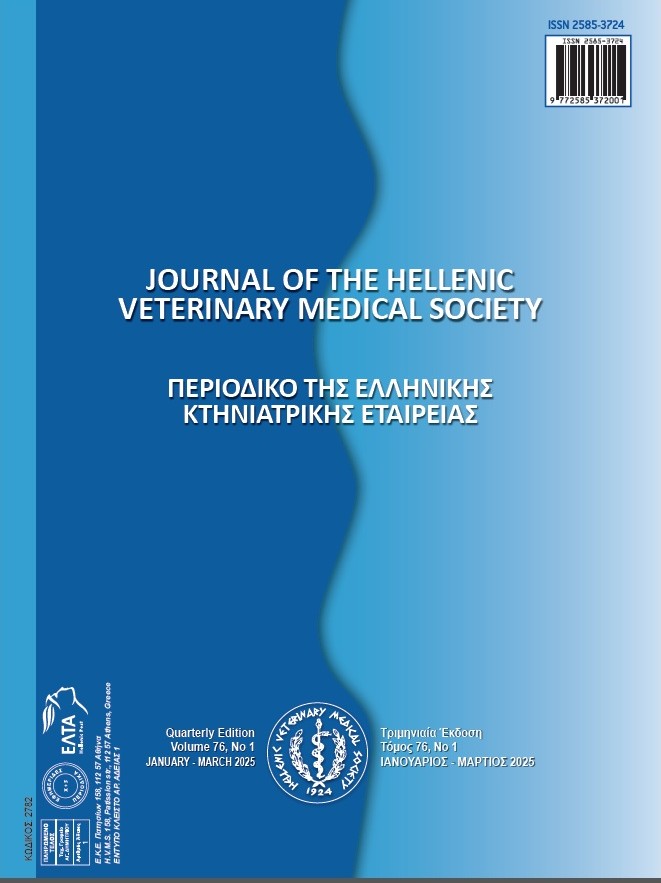Current Approaches in the Diagnosis and Treatment of Canine Otitis
Abstract
As a disease with high prevalence in canine, otitis externa (OE) requires a summary of its diagnosis and treatment. Since antimicrobials are predominantly used in OE treatment, their prudent use must be in focus due to significant impact on the spread and development on the antimicrobial resistance (AMR). Furthermore, as AMR is constantly increasing, further studies are required to create novel treatment approaches against causative agents. Therefore, new alternative approaches to antimicrobials and antifungals were investigated to discover an effective approach to OE treatment. In addition to diagnosis and conventional treatment, this review aimed to summarize the findings of various publications related to the usage of essential oils against OE associated pathogens. While there are very few in vivo trials, numerous in vitro studies have demonstrated the effectiveness of essential oils and their potential application in OE treatment. New alternative approaches are leading toward the development of new treatment objectives and alternatives.
Article Details
- Zitationsvorschlag
-
Tešin, N., & Kovačević, Z. (2025). Current Approaches in the Diagnosis and Treatment of Canine Otitis. Journal of the Hellenic Veterinary Medical Society, 76(1), 8767–8778. https://doi.org/10.12681/jhvms.37592
- Ausgabe
- Bd. 76 Nr. 1 (2025)
- Rubrik
- Review Articles

Dieses Werk steht unter der Lizenz Creative Commons Namensnennung - Nicht-kommerziell 4.0 International.
Authors who publish with this journal agree to the following terms:
· Authors retain copyright and grant the journal right of first publication with the work simultaneously licensed under a Creative Commons Attribution Non-Commercial License that allows others to share the work with an acknowledgement of the work's authorship and initial publication in this journal.
· Authors are able to enter into separate, additional contractual arrangements for the non-exclusive distribution of the journal's published version of the work (e.g. post it to an institutional repository or publish it in a book), with an acknowledgement of its initial publication in this journal.
· Authors are permitted and encouraged to post their work online (preferably in institutional repositories or on their website) prior to and during the submission process, as it can lead to productive exchanges, as well as earlier and greater citation of published work.



